How Urbanization is Fueling Growth in Secondary Cities
1 December 2024
Urbanization is shaping the world faster than we ever imagined. You've probably noticed it—more people are trading the countryside for the buzz of city life. But here's the twist: this isn’t just about big, flashy metropolitan hubs like New York, Tokyo, or London. Nope. The real unsung heroes of this trend? Secondary cities. These are the smaller, lesser-known urban areas that are now stepping into the spotlight, and let me tell you, they’re on fire!
Now, before we dive in, think of urbanization as a domino effect. When the bigger cities overflow with people, jobs, and skyrocketing living costs, the action trickles down to these secondary cities. And just like that, they become the next big deal.
But how, you ask? How exactly is urbanization pushing these smaller cities to grow? Let’s break it down. 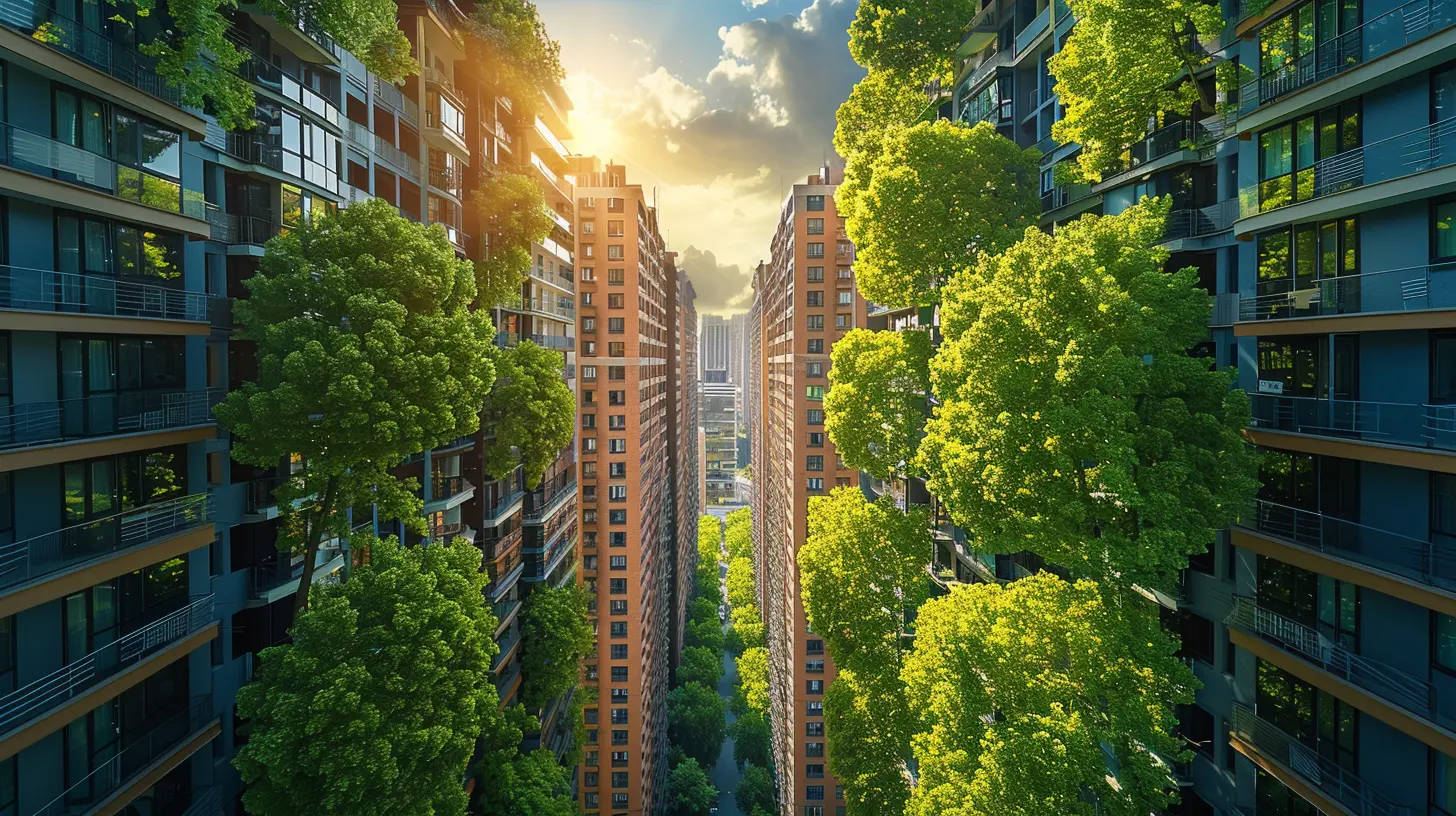
What Are Secondary Cities Anyway?
Hold on—before we jump ahead, we need to clarify, what exactly are secondary cities? Think of them as the younger sibling of mega cities. They’re not the star of the show, but they’re packed with potential.These are cities with populations ranging between 100,000 and 3 million people. They’re not the capital or a global giant, but they punch above their weight when it comes to economic and social importance within a region. Examples? Think Charlotte in the U.S., Rotterdam in the Netherlands, or Pune in India.
Now that we’re clear on what secondary cities are, let's get into how urbanization is supercharging their growth. 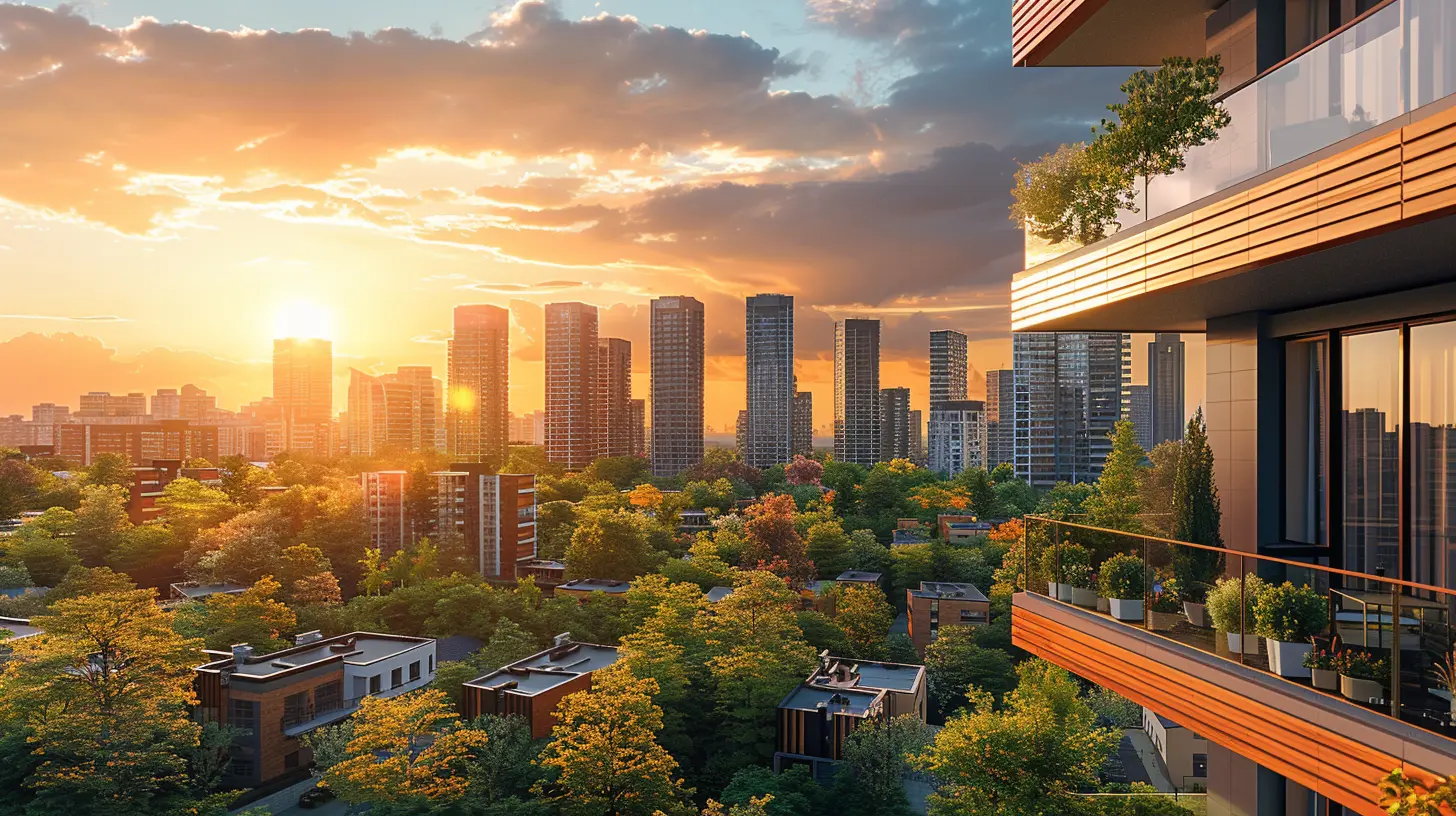
Big Cities Are Feeling the Heat
Let’s be real—big cities are incredible! The culture, the opportunities, the energy... it’s like a magnet pulling people in. But here’s the catch: too many people are being pulled in all at once.Picture a balloon being blown up—there’s only so much air it can hold before it pops. That’s exactly what’s happening in many primary cities. Overcrowding, rising property prices, insane commutes, and a stretched-thin infrastructure are making life in metros, well, less than ideal.
As people realize they can’t afford (or simply don’t want) the hustle of the big city anymore, they look for alternatives. Enter secondary cities, stage left. 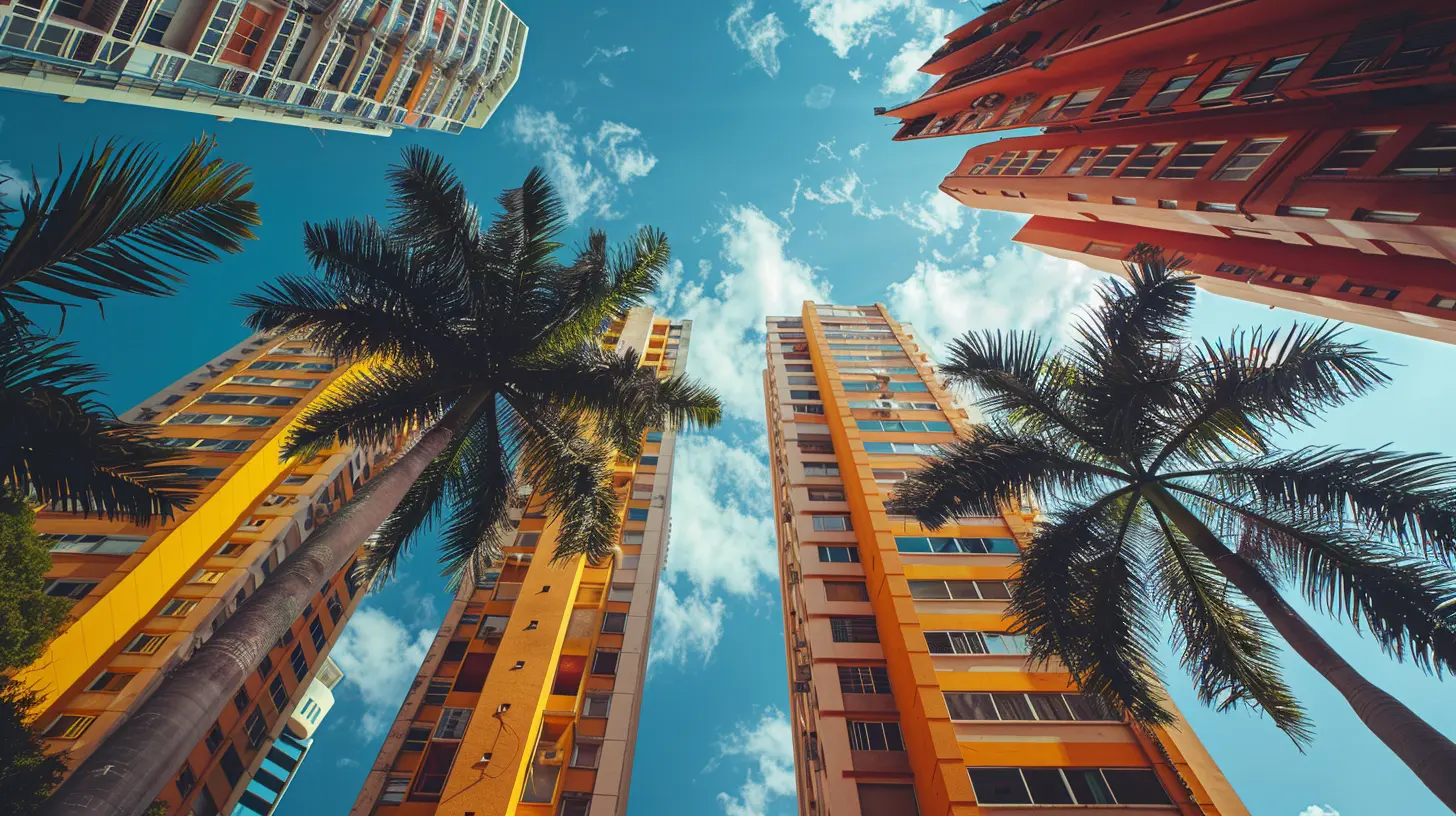
Affordability Is a Game-Changer
Let’s face it: money talks. And in secondary cities, it talks loudly. You see, affordability is a giant driver behind urbanization’s shift to these smaller hubs.Housing costs in primary cities have skyrocketed to the point where buying a home often feels like winning the lottery. In comparison, secondary cities are like finding a hidden treasure—affordable housing paired with a decent standard of living.
Take Austin, Texas, for example. A decade ago, it was just a cool city with live music and BBQ. Today, it's an economic powerhouse, fueled by people ditching the skyrocketing rent prices of places like San Francisco. 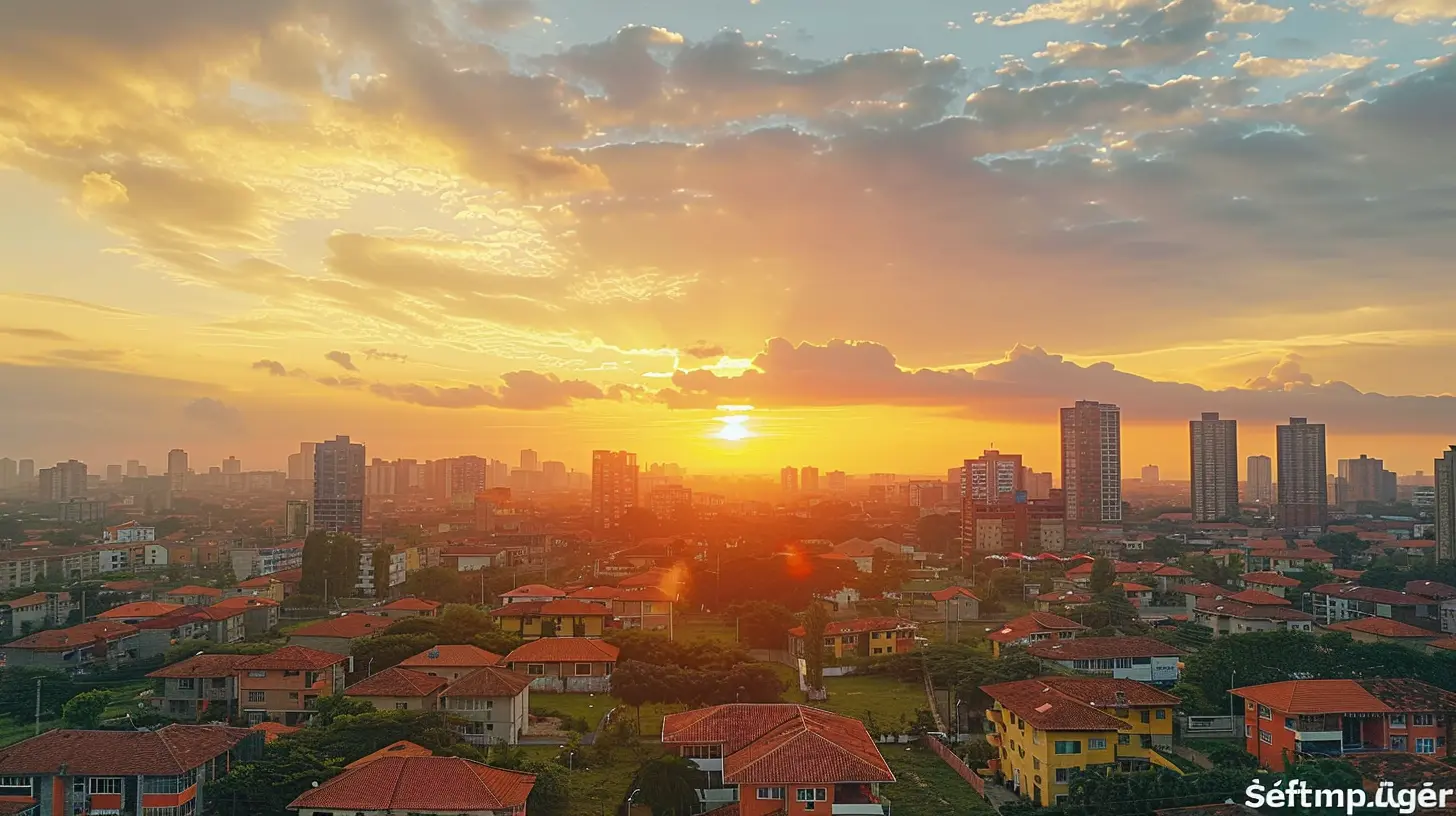
Job Markets Are Blooming
Here’s the thing: when people move, so do businesses. It’s almost like a tag-along effect. As urbanization spills into secondary cities, companies notice. They see a fresh pool of talent, lower operational costs, and fewer headaches from traffic jams and congested streets.Tech companies, startups, and even multinational corporations are setting up shop in secondary cities because they’re cheaper to operate in. And here’s the bonus: with remote work becoming a big deal post-pandemic, employees no longer have to be tied to primary cities to land a great job.
It’s a win-win. People get good jobs without the big-city stress, and businesses get to save a buck or two.
Infrastructure Is Getting an Upgrade
Have you ever noticed how when something starts growing, everyone wants to get in on it? That’s exactly what’s happening in secondary cities.Governments are pouring resources into developing infrastructure—think better roads, public transportation, airports, and schools. These cities are transforming into attractive, livable hubs that can easily rival their bigger siblings.
For instance, cities like Curitiba in Brazil or Surabaya in Indonesia have made massive strides in urban planning and sustainability. They’re not just growing—they’re growing smarter.
The Lifestyle Factor
Here’s where secondary cities truly shine. Life in a secondary city offers a balance that’s hard to find in a bustling metropolis.Do you want the cultural vibe of a city but with a slower pace of life? Secondary cities are your sweet spot. They give you the best of both worlds—urban amenities without the rat race. Want to grab a coffee or hit up a local art gallery? Done. Want to avoid bumper-to-bumper traffic for three hours? Also done.
And hey, there’s often more green space, cleaner air, and shorter commutes. We’re talking about quality of life here, and secondary cities are nailing it.
Urbanization and the Ripple Effect
One of the coolest things about urbanization in secondary cities is the ripple effect it creates. It’s almost like throwing a stone in a pond—the splash starts small but spreads outwards.As these cities grow, they spark economic opportunities for smaller towns and rural areas nearby. People in these regions benefit from new jobs, better education options, and improved connectivity. The impact isn’t just limited to the city itself; it lifts the entire region up.
Challenges? Of Course, There Are Some
Okay, so not to burst the bubble, but secondary cities aren’t without their challenges. Rapid growth often means growing pains. There's a risk of poorly planned infrastructure, environmental concerns, and over-reliance on a single industry.But here’s the good news—secondary cities have the advantage of learning from the mistakes of their bigger counterparts. It's like having a cheat sheet for success. And many are already working on building more sustainable, resilient urban ecosystems.
Final Thoughts: The Rise of the Underdogs
Urbanization is no longer just about big cities grabbing all the attention. Secondary cities are rising like underdogs at a championship game, proving they’re more than capable of stepping into the spotlight.They’re affordable, livable, and packed with opportunities. The domino effect of urbanization is pushing them to grow at a rapid pace, and the best part? They’re doing it in a way that perfectly blends modern development with the promise of a better quality of life.
So, whether you're a family looking for a more balanced life, a business scouting for new opportunities, or just someone eyeing a fresh start, these cities might just be the future you’ve been searching for.
all images in this post were generated using AI tools
Category:
Urban LivingAuthor:

Lydia Hodge
Discussion
rate this article
21 comments
Quentin Ellison
Great insights! It's fascinating to see how urbanization is shifting growth to secondary cities, creating new opportunities and revitalizing local economies. Excited to see how this trend evolves!
February 8, 2025 at 9:26 PM

Lydia Hodge
Thank you! I'm glad you found the insights valuable. It's indeed exciting to witness the positive transformations in secondary cities and the opportunities they present.
Felicity McClendon
Great insights! Urbanization indeed opens opportunities in secondary cities, driving growth and enhancing local economies.
February 4, 2025 at 5:15 AM

Lydia Hodge
Thank you! I'm glad you found the insights valuable. Urbanization truly is a key driver of growth in secondary cities.
Bradley McFadden
In the heart of concrete dreams, secondary cities rise, Urbanization weaves a tapestry of hope, where opportunity lies. With vibrant streets and whispered tales, they bloom, A symphony of growth, echoing promise in every room. Embrace the journey, where the future finds its home.
February 1, 2025 at 12:06 PM

Lydia Hodge
Thank you for beautifully capturing the essence of urbanization in secondary cities. Your words highlight the vibrant potential and transformative power these areas hold for the future.
Isabelle Wells
Urbanization undeniably enhances secondary cities, driving investment, innovation, and quality of life—transforming them into thriving hubs.
January 29, 2025 at 7:38 PM

Lydia Hodge
Thank you for your insightful comment! I agree that urbanization significantly boosts secondary cities, making them vibrant centers for investment and innovation.
Jocelyn Velez
Fascinating perspective! Exploring how urbanization shapes secondary cities could unveil innovative opportunities and unique community dynamics.
January 28, 2025 at 4:50 AM

Lydia Hodge
Thank you! I'm glad you found the perspective intriguing—urbanization indeed opens up exciting possibilities and reveals the rich dynamics of secondary cities.
Melody Underwood
Exciting trends! Secondary cities are blossoming with vibrant opportunities! 🌟
January 23, 2025 at 12:13 PM

Lydia Hodge
Thank you! It's inspiring to see how secondary cities are becoming hubs of innovation and opportunity. 🌆
Madison Phillips
Great insights! Urbanization indeed opens opportunities for secondary cities. Emphasizing infrastructure development and sustainable living will be key in supporting this growth. Excited to see how these cities evolve in response to urban migration trends!
January 20, 2025 at 7:48 PM

Lydia Hodge
Thank you! I'm glad you found the insights valuable. Indeed, the focus on infrastructure and sustainability will be crucial for the success of secondary cities in this evolving urban landscape.
Kristina Miller
This article highlights the significant impact of urbanization on secondary cities, showcasing how increased investment, infrastructure development, and population shifts are driving economic growth and fostering vibrant communities outside major metropolitan areas. Insightful read!
January 19, 2025 at 8:13 PM

Lydia Hodge
Thank you for your thoughtful feedback! I'm glad you found the article insightful and relevant.
Oliver McElveen
Exciting opportunities await in vibrant cities!
January 17, 2025 at 8:24 PM

Lydia Hodge
Absolutely! Urbanization in secondary cities is unlocksing diverse opportunities and enhancing regional development.
Holly Forbes
Great insights! Urbanization's impact on secondary cities is fascinating. It highlights the need for sustainable development strategies to balance growth with quality of life for residents. Looking forward to more discussions!
January 15, 2025 at 8:40 PM

Lydia Hodge
Thank you! I'm glad you found the insights valuable. Sustainable development is indeed crucial for thriving secondary cities. I look forward to more discussions as well!
Olivia Alexander
While the article highlights the benefits of urbanization in secondary cities, it overlooks potential downsides such as infrastructure strain and socioeconomic disparities. As these cities grow, a balanced approach is essential to ensure sustainable development, equitable resource distribution, and the preservation of local culture amid rapid transformation.
January 12, 2025 at 11:28 AM

Lydia Hodge
Thank you for your insightful comment. You're right—addressing potential downsides like infrastructure strain and socioeconomic disparities is crucial for sustainable urban development. A balanced approach will be key to ensuring growth benefits all residents while preserving local culture.
Daria Moses
Great insights on the impact of urbanization! It's fascinating to see how secondary cities are evolving and thriving. This article sheds light on important trends that many may overlook. Thank you for sharing these valuable perspectives!
January 10, 2025 at 11:48 AM

Lydia Hodge
Thank you for your kind words! I'm glad you found the insights on secondary cities enlightening. Your support means a lot!
Zane McConnell
This article insightfully highlights the transformative impact of urbanization on secondary cities. As populations shift, these cities are becoming vibrant hubs for investment and innovation. Emphasizing sustainable development is crucial to ensure that growth benefits all residents while maintaining the unique character of these emerging urban centers.
January 3, 2025 at 1:18 PM

Lydia Hodge
Thank you for your thoughtful comment! I'm glad you found the article highlights the importance of sustainable development in harnessing the potential of secondary cities. Your insights on maintaining their unique character while fostering growth are essential to this discussion.
Dusk Walker
Urbanization in secondary cities not only alleviates congestion in metros but fosters innovative hubs, enhancing economic resilience and quality of life.
December 28, 2024 at 8:01 PM

Lydia Hodge
Thank you for your insightful comment! Indeed, urbanization in secondary cities plays a crucial role in promoting innovation and improving living standards while easing pressure on larger metropolitan areas.
Imani Anderson
What an exciting time for secondary cities! Urbanization is opening up new opportunities, transforming communities, and enhancing lifestyles. Let’s embrace the vibrant growth and potential these hidden gems have to offer!
December 26, 2024 at 5:38 AM

Lydia Hodge
Thank you for your comment! I completely agree—urbanization is indeed revitalizing secondary cities and creating exciting opportunities for communities to thrive.
Cassidy Rosales
Who knew cities could play musical chairs? With urbanization, secondary cities are getting their turn to shine—and we’re all here for it!
December 23, 2024 at 12:18 PM

Lydia Hodge
Absolutely! It's exciting to see secondary cities thriving as urbanization accelerates, bringing new opportunities and vibrancy to diverse regions.
Faenor McSweeney
Great insights on urbanization's impact! Exciting times for secondary cities!
December 20, 2024 at 3:22 AM

Lydia Hodge
Thank you! I'm glad you found the insights valuable—exciting developments indeed in secondary cities!
Benjamin Long
Urbanization is like a hipster coffee shop—everyone wants a piece of the action in secondary cities! Who knew that moving from a crowded metropolis to a smaller city could feel so much like a real estate brunch?
December 12, 2024 at 9:24 PM

Lydia Hodge
That's a clever analogy! Urbanization indeed transforms secondary cities into trendy hubs, attracting those seeking a balance between city life and community charm.
Thor Baxter
Urbanization is redefining opportunity; secondary cities are emerging as the new frontiers for growth, innovation, and quality of life. Embrace this transformative shift!
December 10, 2024 at 5:13 AM

Lydia Hodge
Thank you for your comment! I agree—secondary cities are indeed becoming vital hubs for growth and innovation, and embracing this shift can lead to enhanced quality of life for many.
Charlie Cummings
Absolutely inspiring! The surge in urbanization is transforming secondary cities into vibrant hubs of opportunity and community. It's exciting to see how these areas are blossoming with new growth, creating a bright future for residents and investors alike! 🌟🏙️
December 2, 2024 at 5:10 AM

Lydia Hodge
Thank you! It's inspiring to witness the dynamic transformation of secondary cities into thriving centers of opportunity. Exciting times ahead! 🌟
Lisette McKnight
Embracing urbanization in secondary cities unleashes untapped potential, driving innovation and opportunity. Together, let's reshape communities and redefine the future of living. The time is now!
December 1, 2024 at 4:55 AM

Lydia Hodge
Thank you for your insightful comment! Embracing urbanization in secondary cities indeed holds great promise for innovation and community development. Together, we can transform these areas into vibrant hubs of opportunity.
MORE POSTS
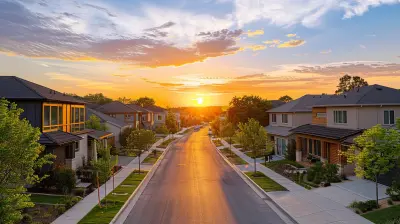
Why Urban Homebuyers are Prioritizing Sustainable Communities

Surprising Advantages of Buying a Home at Auction

How to Maximize Profits When Selling Property at Auction

How to Evaluate a Real Estate Syndication Sponsor's Track Record

Transit-Oriented Developments: A Boon for Urban Homeowners

The Future of Commercial Real Estate in Changing Markets
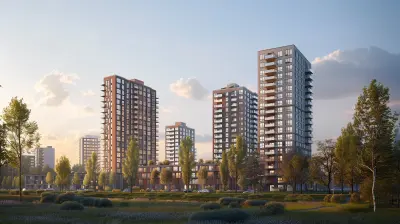
How Mixed-Income Housing is Shaping Modern Urban Areas

How Real Estate Syndication Can Help Diversify Your Portfolio

Should You Buy a Home Remotely? Pros and Cons
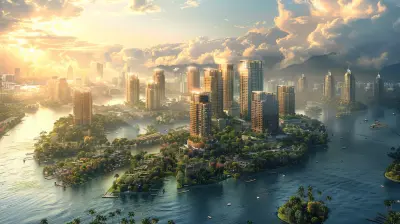
Identifying High-Value Luxury Properties in Emerging Markets

Exploring the Effects of Remote Work on the Housing Market

The Financial Benefits of Owning and Renting Out Your Condo

A Guide to Respectful Communication Between Buyers and Sellers